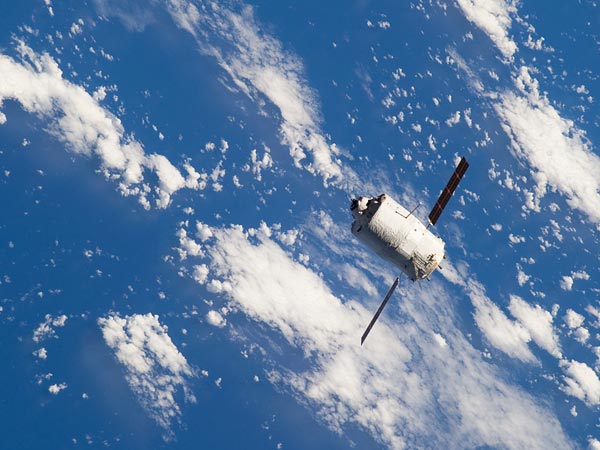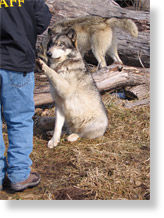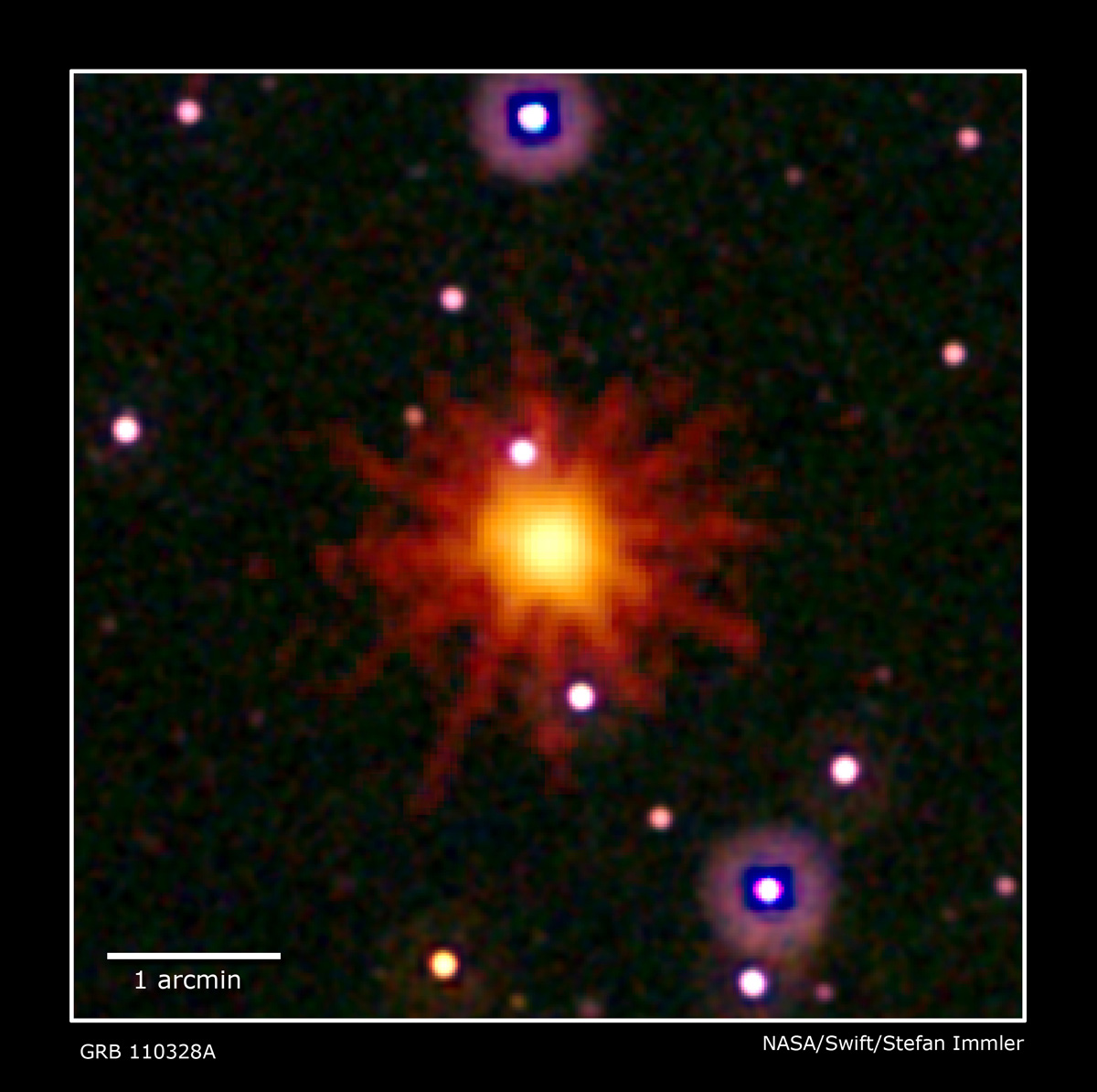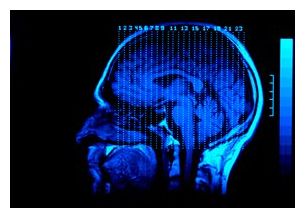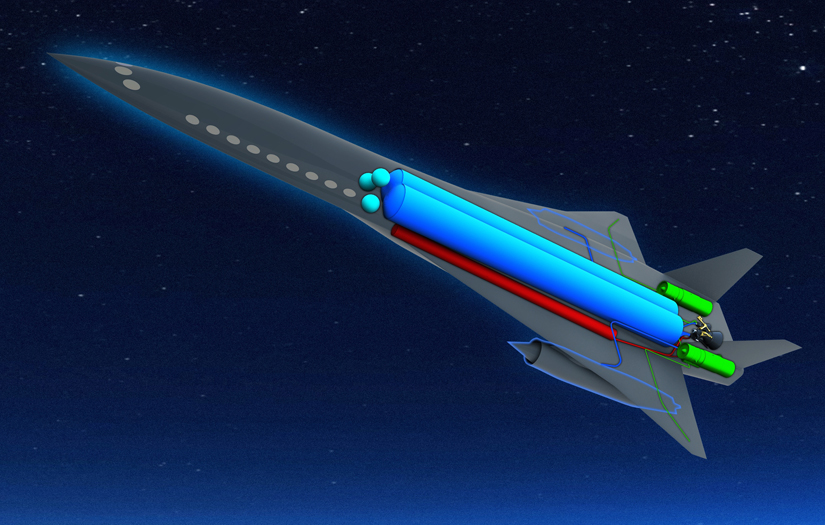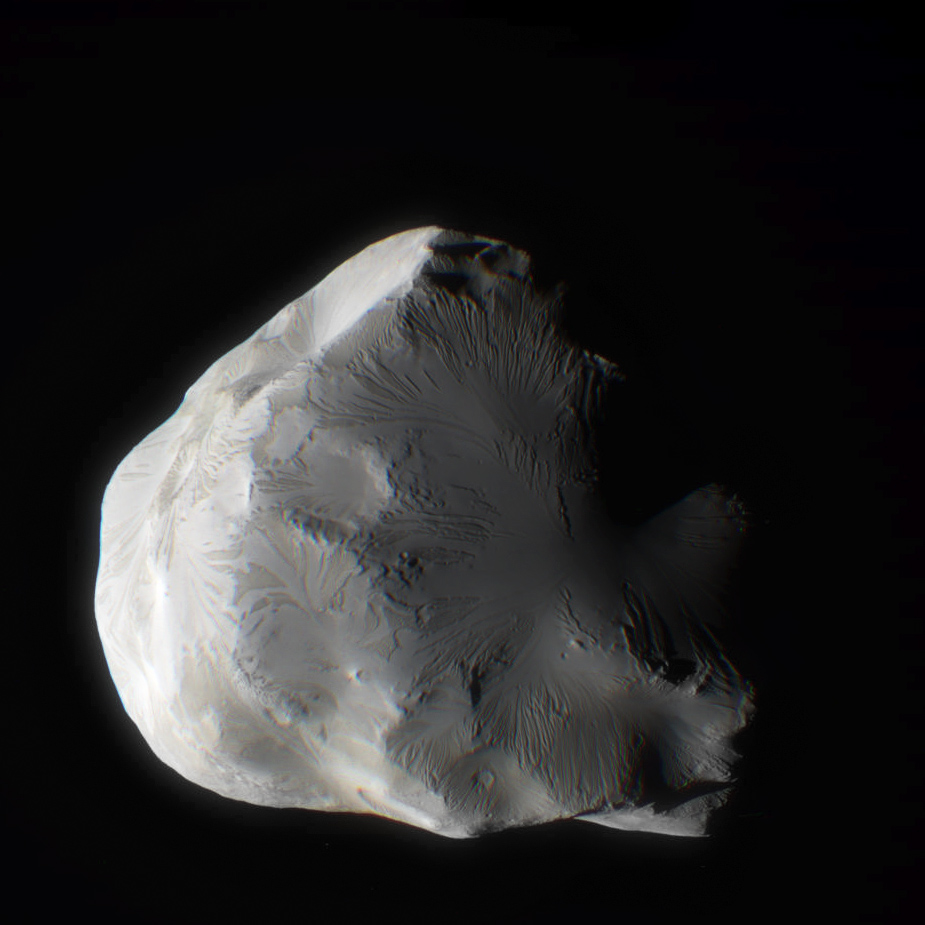
Humans may have a sixth sense after all, suggests a new study finding that a protein in the human retina, when placed into fruit flies, has the ability to detect magnetic fields.
The researchers caution that the results suggest this human protein has the capability to work as a magnetosensor; however, whether or not humans use it in that way is not known.
"It poses the question, 'maybe we should rethink about this sixth sense,'" Steven Reppert, of the University of Massachusetts Medical School, told LiveScience. "It is thought to be very important for how animals migrate. Perhaps this protein is also fulfilling an important function for sensing magnetic fields in humans."
Past research has suggested that in addition to helping animals such as sea turtles and migratory birds navigate, the ability to detect magnetic fields could help with visual spatial perception. Reppert said to picture a magnetic-field coordinate system overlaid on objects we view.
